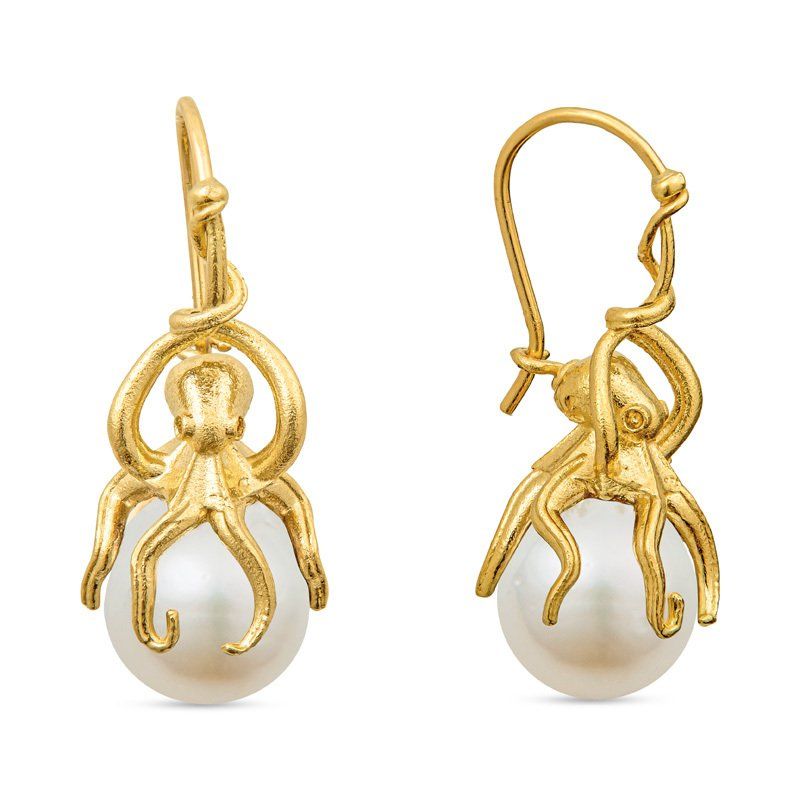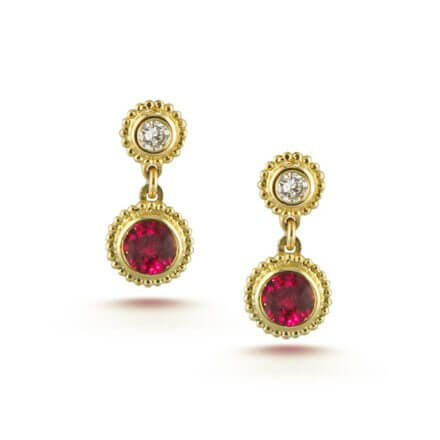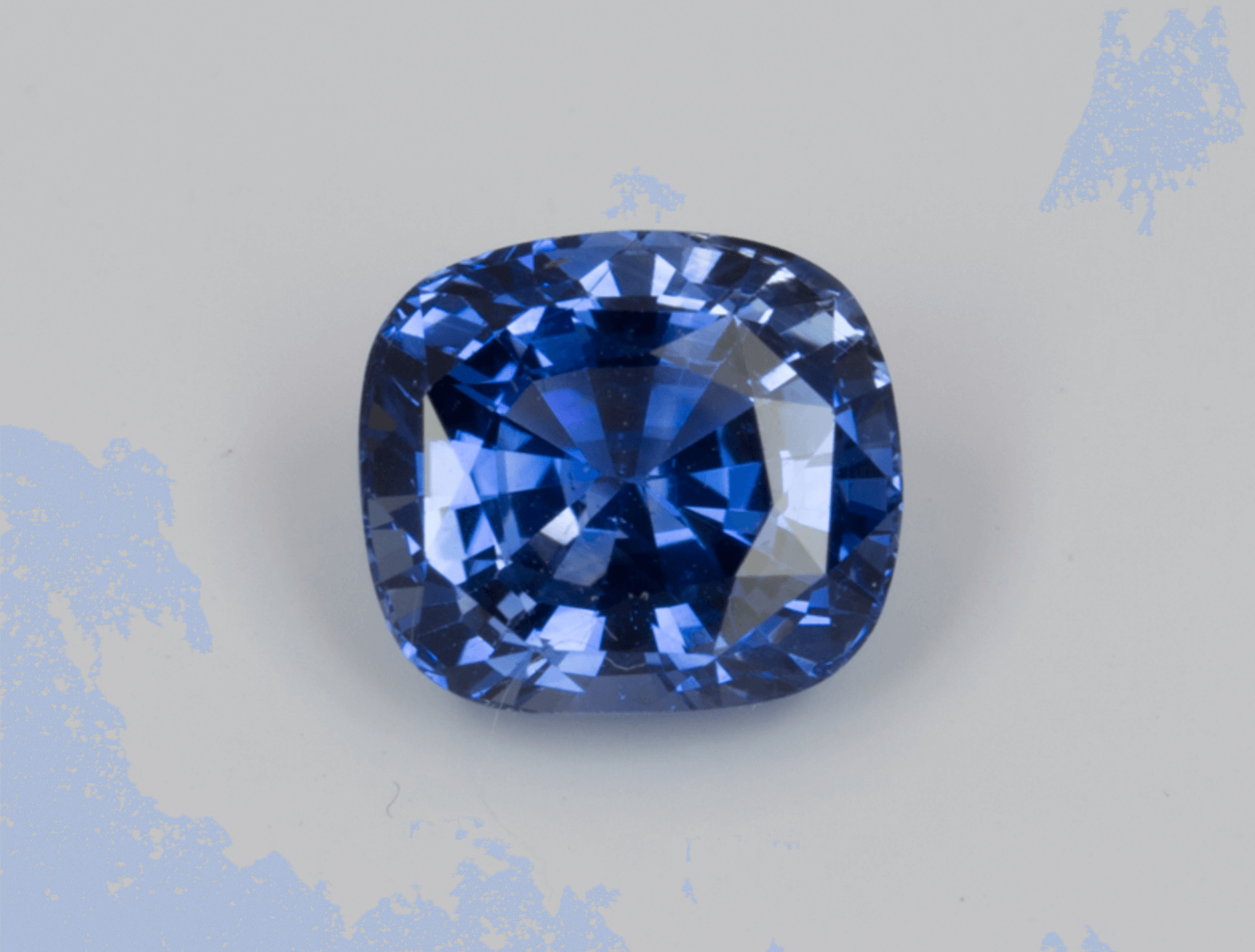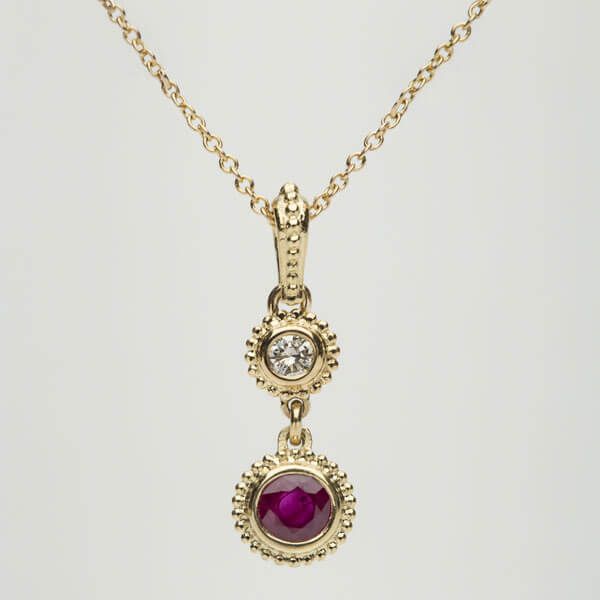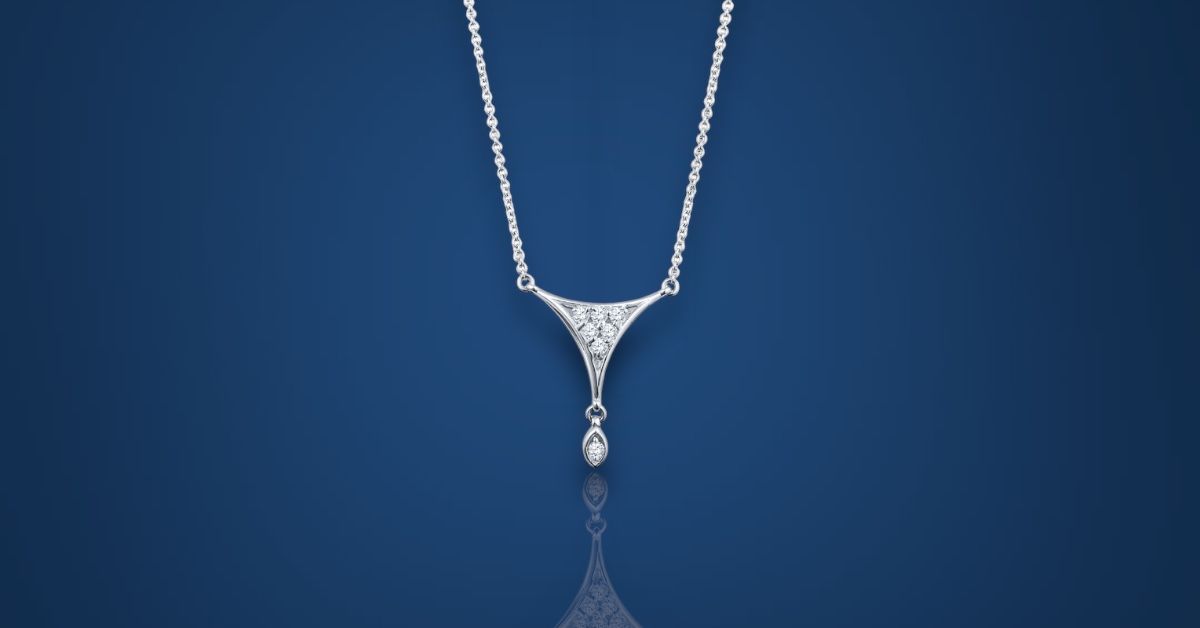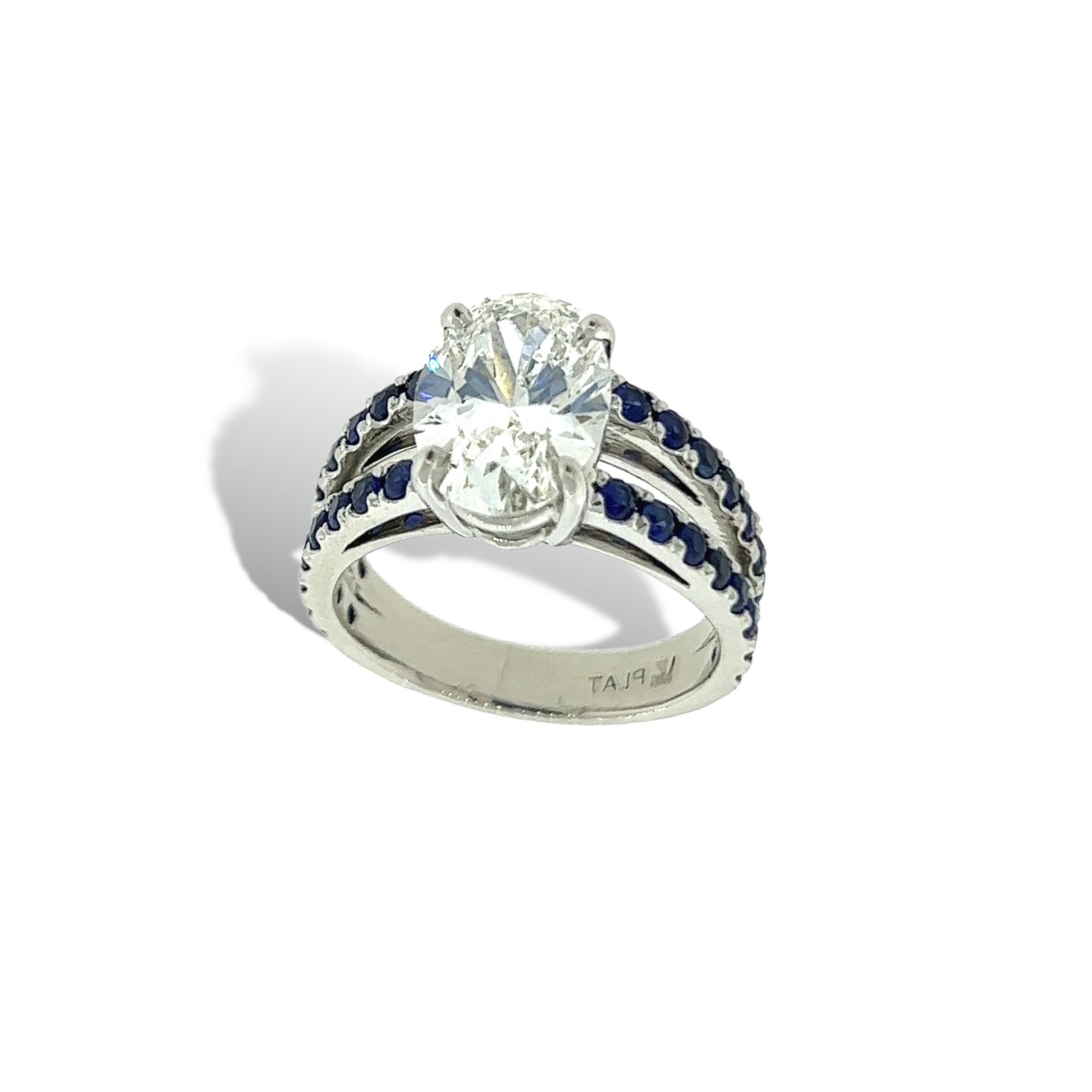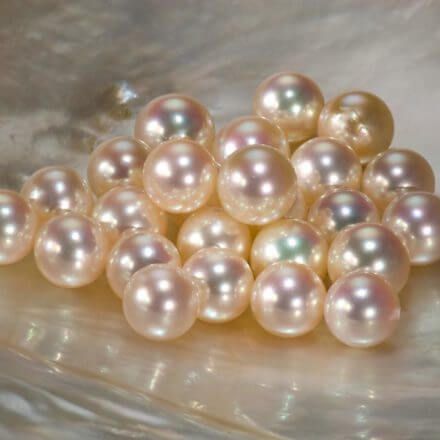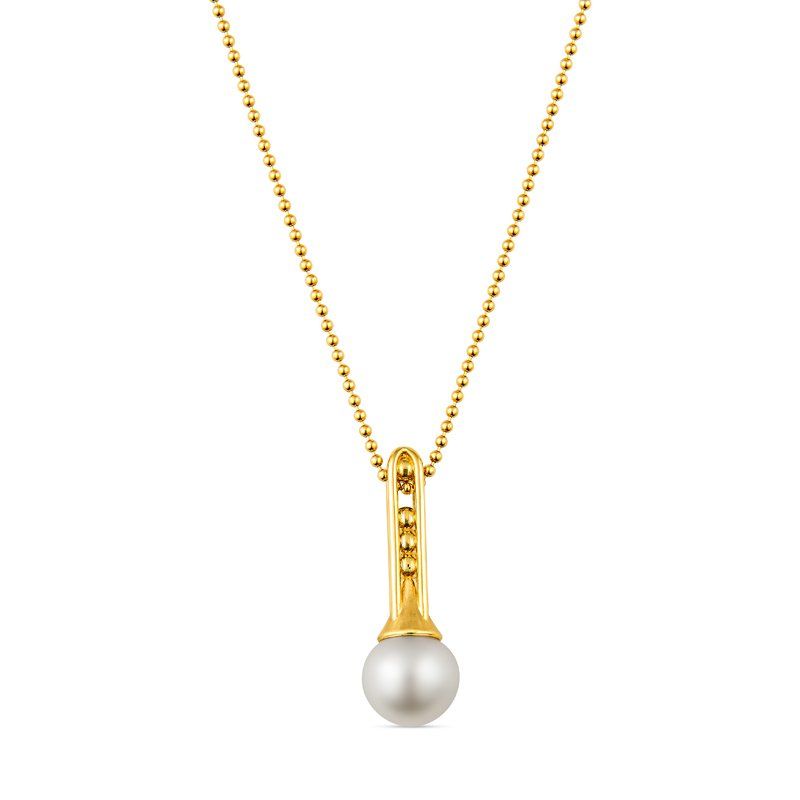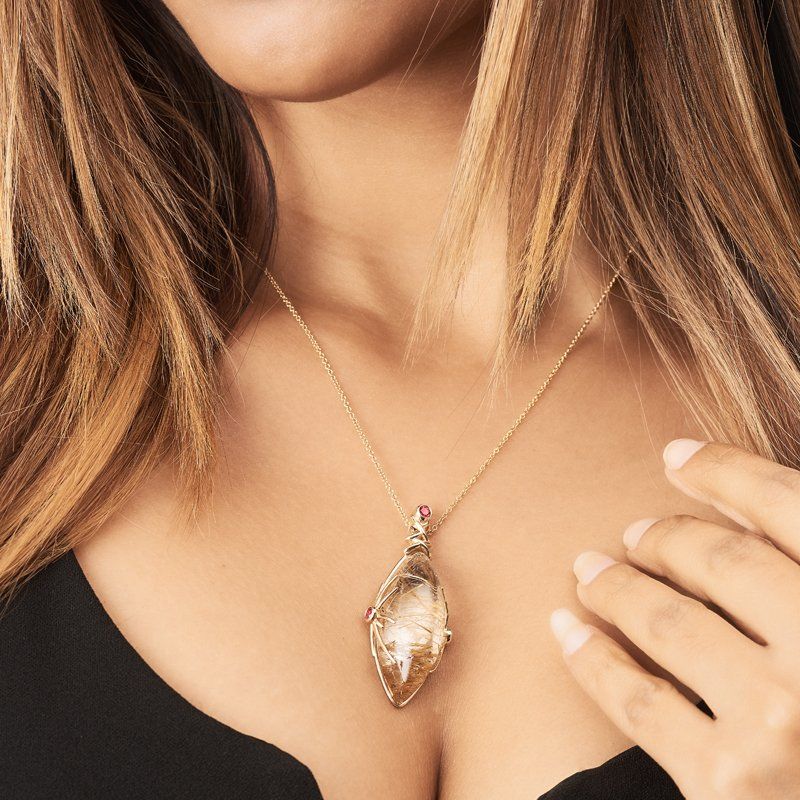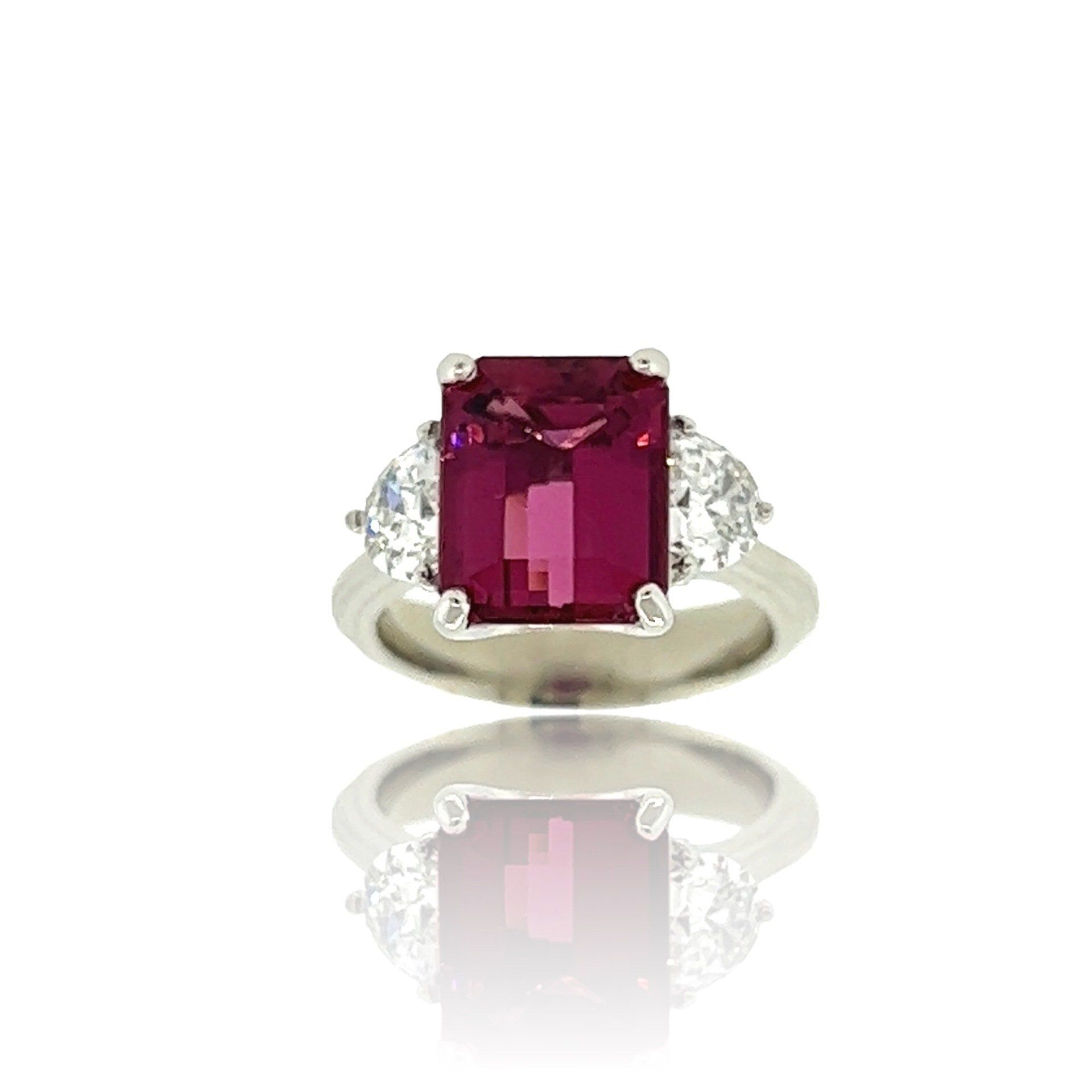The Ultimate Blue Gemstone, Sapphire
Sapphire has been beloved for centuries as the ultimate blue gemstone. The ancient Persian rulers believed that the earth rested on a giant sapphire and its reflection colored the heavens blue. In Latin, Sapphirus means blue.
All gemstones are minerals formed in the earth when elements combine with heat and/or pressure and develop crystals. Only a very small percentage of natural crystals are fine enough to be considered gemstones. Sapphire is the mineral “corundum” and is the second hardest gemstone after diamond. There are three varieties of corundum;
Ruby, sapphire and padaradscha.
Blue is the most famous of sapphires and the tones range from velvety blue to a bright cornflower blue with many shades in between. Sapphires come in a variety of colors! Yellow sapphires are bright and uplifting and look fabulous in yellow or white metals. They have become an alternative in jewelry to the pricier yellow diamonds.
There are purple and green sapphires as well as color-change sapphires (outdoor light shows a blue hue and incandescent light shows a purple hue). Very rare is a natural Padparadscha, which is the color of the sunset, where pink meets orange.
Rare and noteworthy, ruby deserves a chapter of it’s own. It has been prized for centuries as a symbol of love and immortality. *Hindus referred to ruby as “the Lord of the Gems” and believed it’s color came from an inextinguishable fire which was capable of boiling water.
Star sapphires have a quality known as asterism, which are rutile crystal structure within the gem producing a bright “star” effect under a light source.
The value of sapphire is determined by a combination of it’s color, clarity, cut and rarity. Generally, the purest and most vibrant color possible in any gemstone is the rarest and most valuable. However, the color YOU prefer may not be the most rare or the most expensive! The size is less important than the overall quality and beauty.
Ruby and padaradscha sapphires are rare specimens and usually command higher prices.
Trivia
Ruby was so esteemed by the Burmese that many goldsmiths refused to mount it as a side stone?
Ruby and Diamond Avalon pendant by Philip Voetsch
The largest star sapphire in the world is The Black Star of Queensland and was found by a 12 year old boy? It now weighs 733 carats (the size of the palm of your hand) and the boy’s father used the rough stone as a doorstop for years before realizing the value of the gemstone! (Approximately $80 million today).
Throughout history, sapphire has symbolized truth, sincerity and faithfulness, and brings joy and peace to the owner.
References: GIA, Wikipedia, AGTA
The post The Ultimate Blue Gemstone, Sapphire appeared first on Official Jewelry By Design Website.
